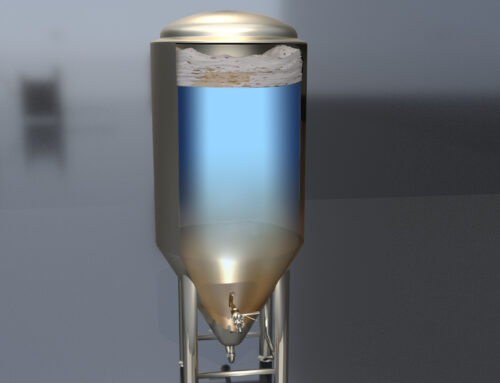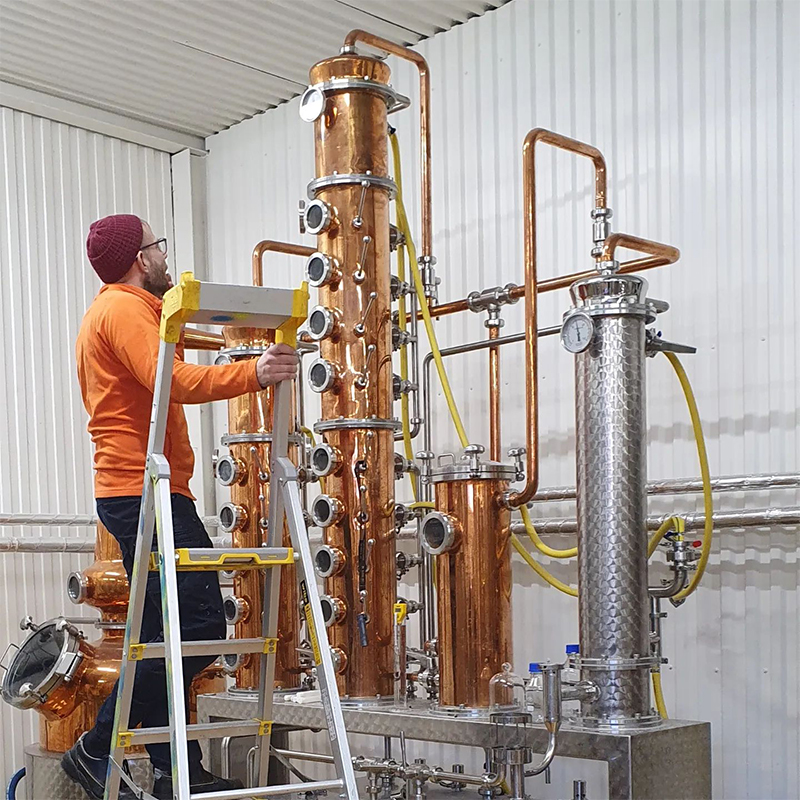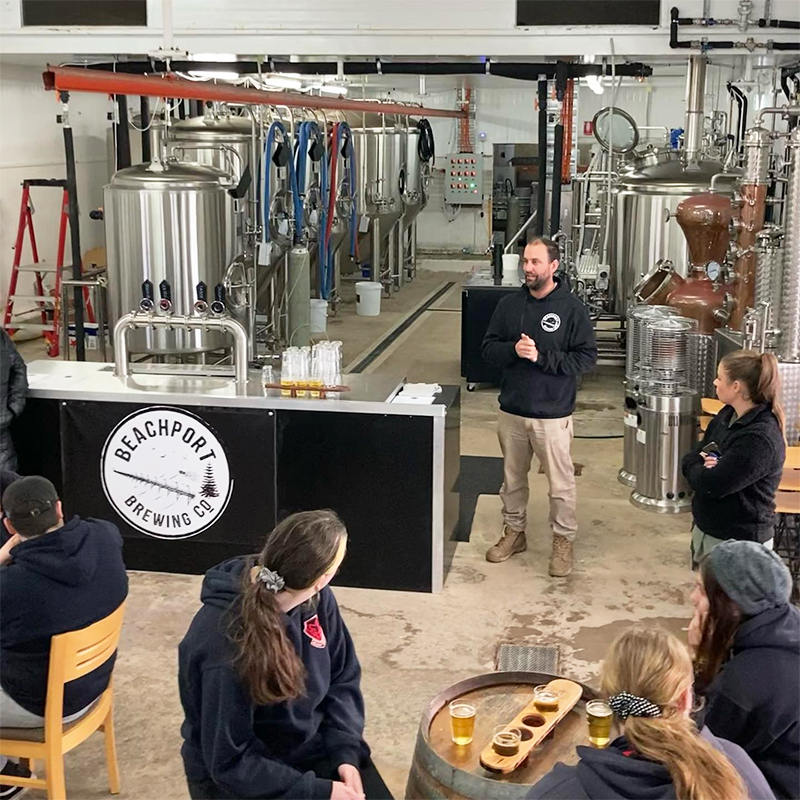
Blending in Scotch Whisky Production : Standardized Flavor & Commercial Scale
The primary commercial purpose of blending is to create and maintain a specific, replicable flavour profile batch after batch. This consistency is the cornerstone of major brands, ensuring consumer expectations are met globally. It is a systematic process of quality control, balancing the robust character of malt whiskies from various pot stills with the neutral structure of grain whiskies from continuous stills to achieve a standardized and marketable product.

The Foundation of Blending: The Process Divide Between Malt and Grain Whisky
Blending is built upon two distinct foundation spirits, defined by their ingredients and the type of distillation equipment used.
- Scotch Malt Whisky: Made from 100% malted barley and distilled in copper pot stills using a batch distillation process. This process retains more flavor compounds, resulting in a full-flavored, complex spirit. Critically, each malt whisky distillery produces a unique spirit, serving as the primary source of character in a blend.
- Scotch Grain Whisky: Primarily made from wheat or maize and produced in a continuous distillation process. This method is highly efficient, yielding a spirit that is much cleaner and lighter in character. It acts as the “canvas” or backbone in a blend, providing structural support and smoothness, forming the economic basis for large-scale production.
- Blended Malt Scotch Whisky: A blend of two or more Single Malt Scotch Whiskies from different distilleries.
- Blended Grain Scotch Whisky: A blend of two or more Single Grain Scotch Whiskies from different distilleries.
- Blended Scotch Whisky: A blend of one or more Single Malt Scotch Whiskies with one or more Single Grain Scotch Whiskies. This category dominates the global market in terms of volume.
The Commercial Purpose of Blending: Consistency Control & Brand Building
The fundamental business purpose of blending is to create and maintain a specific, replicable flavor profile batch after batch. For the blended Scotch whisky that dominates the market, this means the core sensory experience must be highly consistent, regardless of when or where a consumer buys the product. This flavor predictability is the cornerstone of building brand trust, ensuring repeat purchases, and enabling market expansion.
The Modern Role of the Blender: Manager of Flavor Assets
In the modern Scotch whisky industry, the blender’s role has shifted from artisan to manager of flavor assets and executor of final quality control. Their work is built on systematic knowledge:
Asset Management: Maintaining a precise understanding of the flavor profile of each distillery’s spirit and how it evolves during maturation.
Precise Replication: By scientifically proportioning characterful malt whiskies with structural grain whiskies, the blender replicates the target flavor profile, compensating for the natural variations in individual spirits to achieve superior batch-to-batch consistency.
Conclusion
Blending is the pillar of Scotch whisky’s industrialization, transforming disparate single spirits into consistent, commercially successful products. The reliability of this entire system depends fundamentally on the stable and high-quality base spirits produced upstream. Therefore, high-performance and reliable distillation equipment—from pot stills to continuous stills—is the physical foundation upon which this sophisticated flavor management system is built. For distilleries aiming to excel in either single malt or blended whisky production, investing in precision engineering and consistent equipment is not an option, but a prerequisite for quality and brand integrity.








